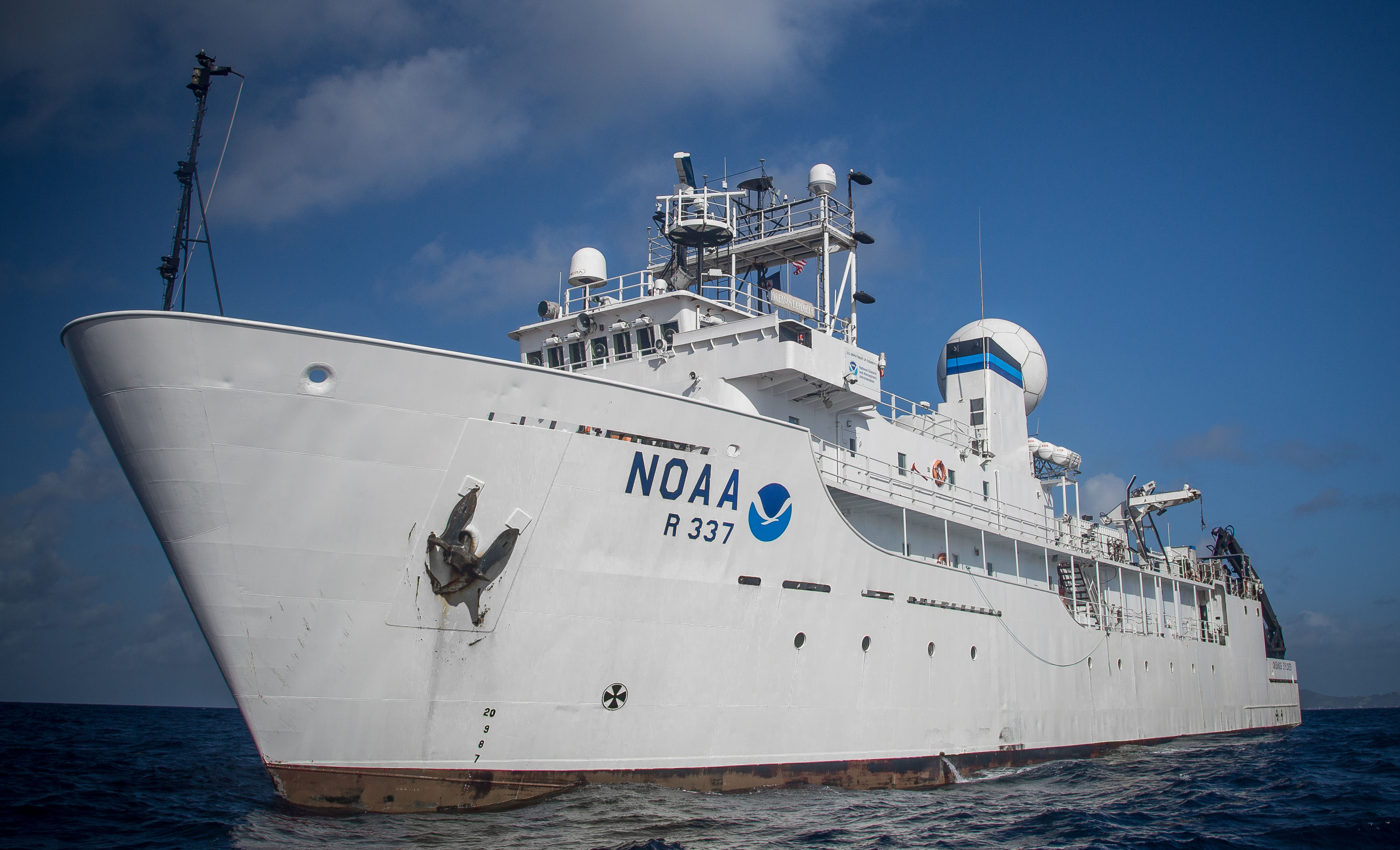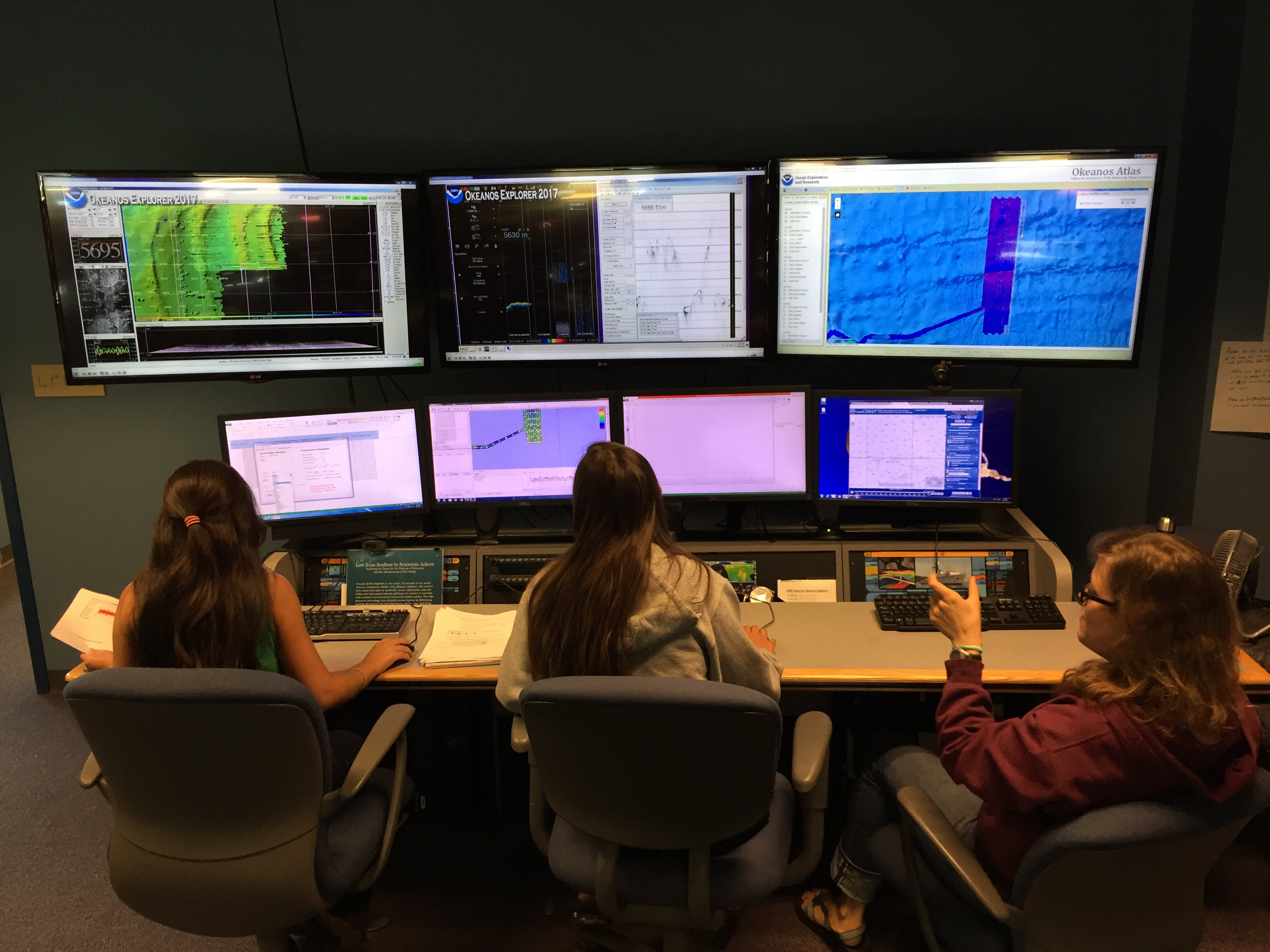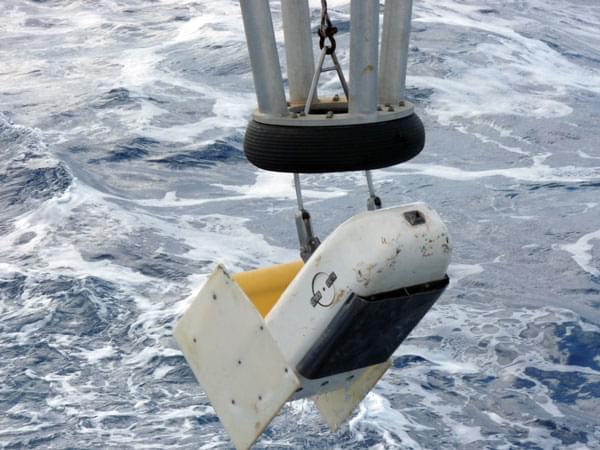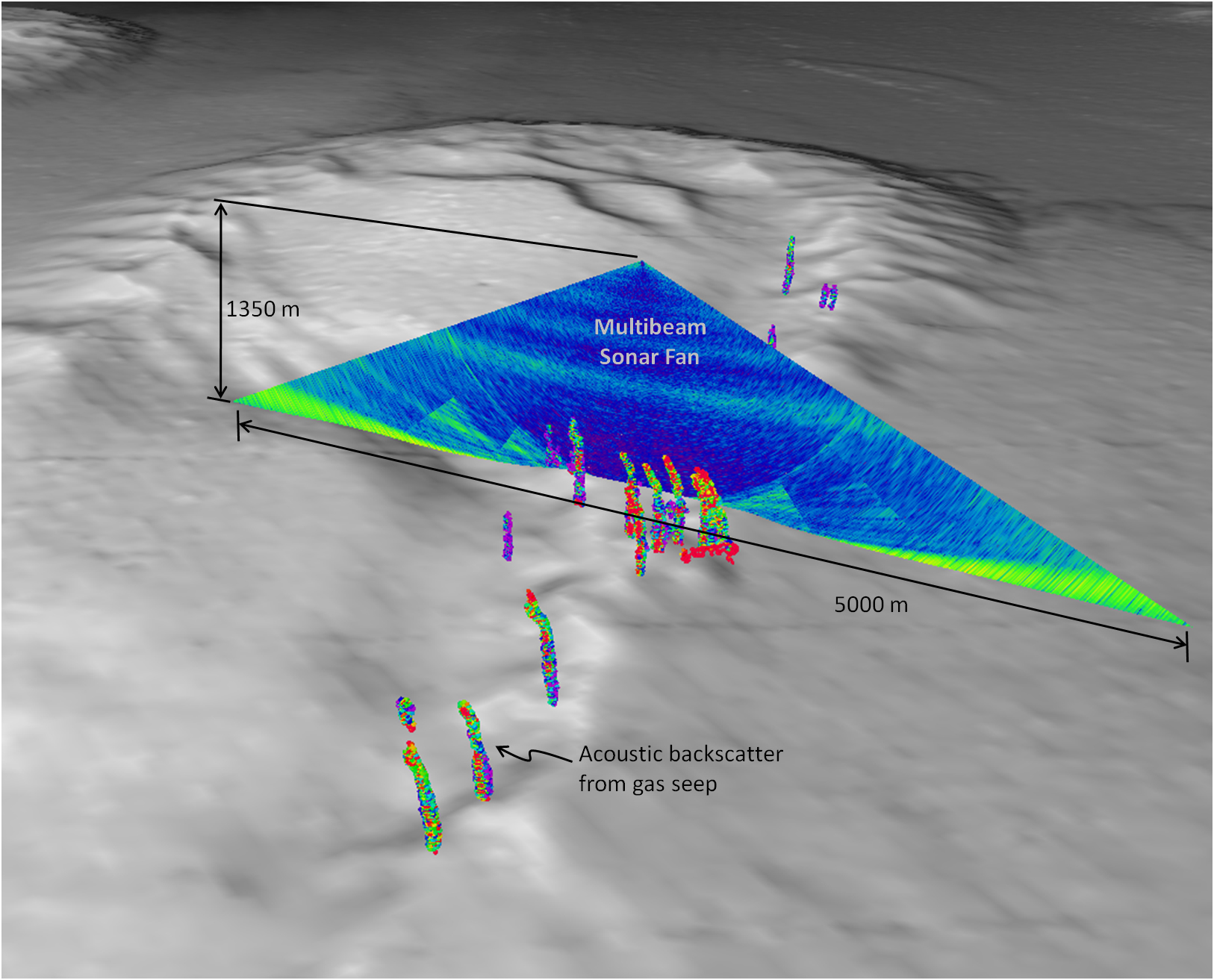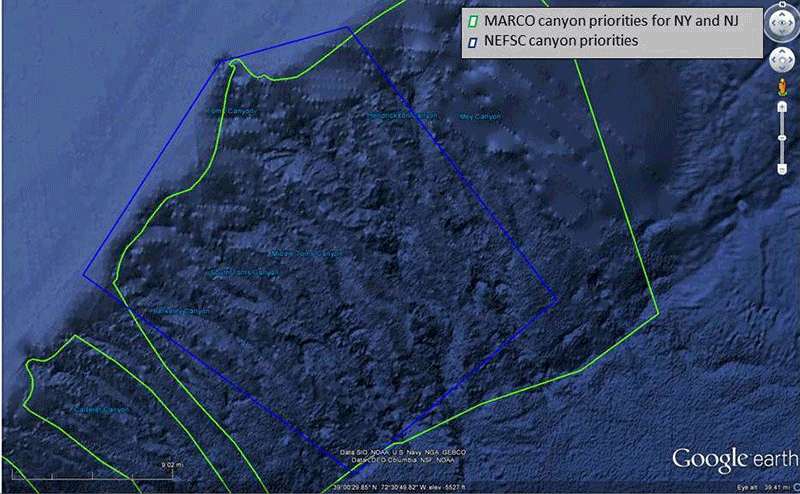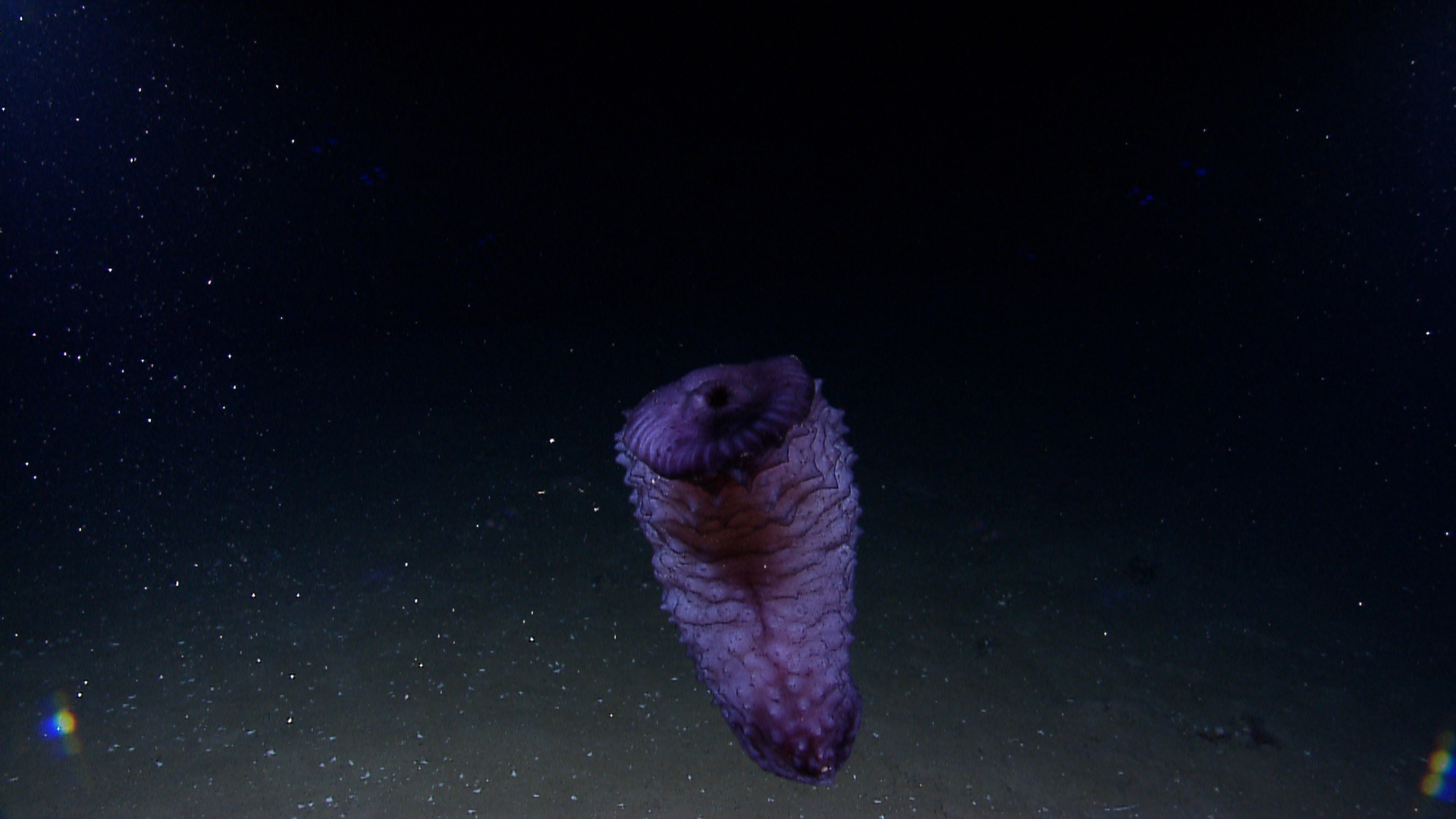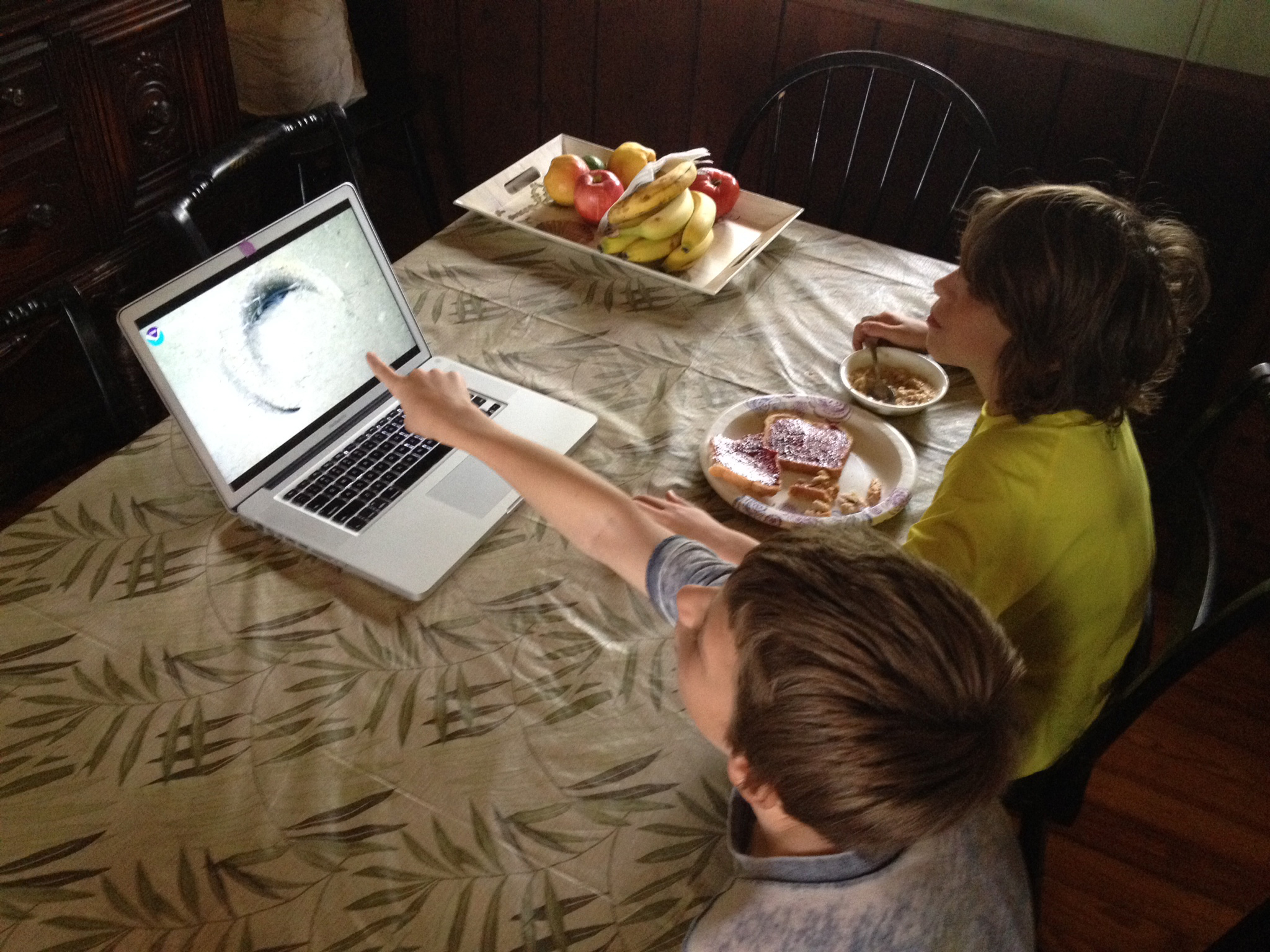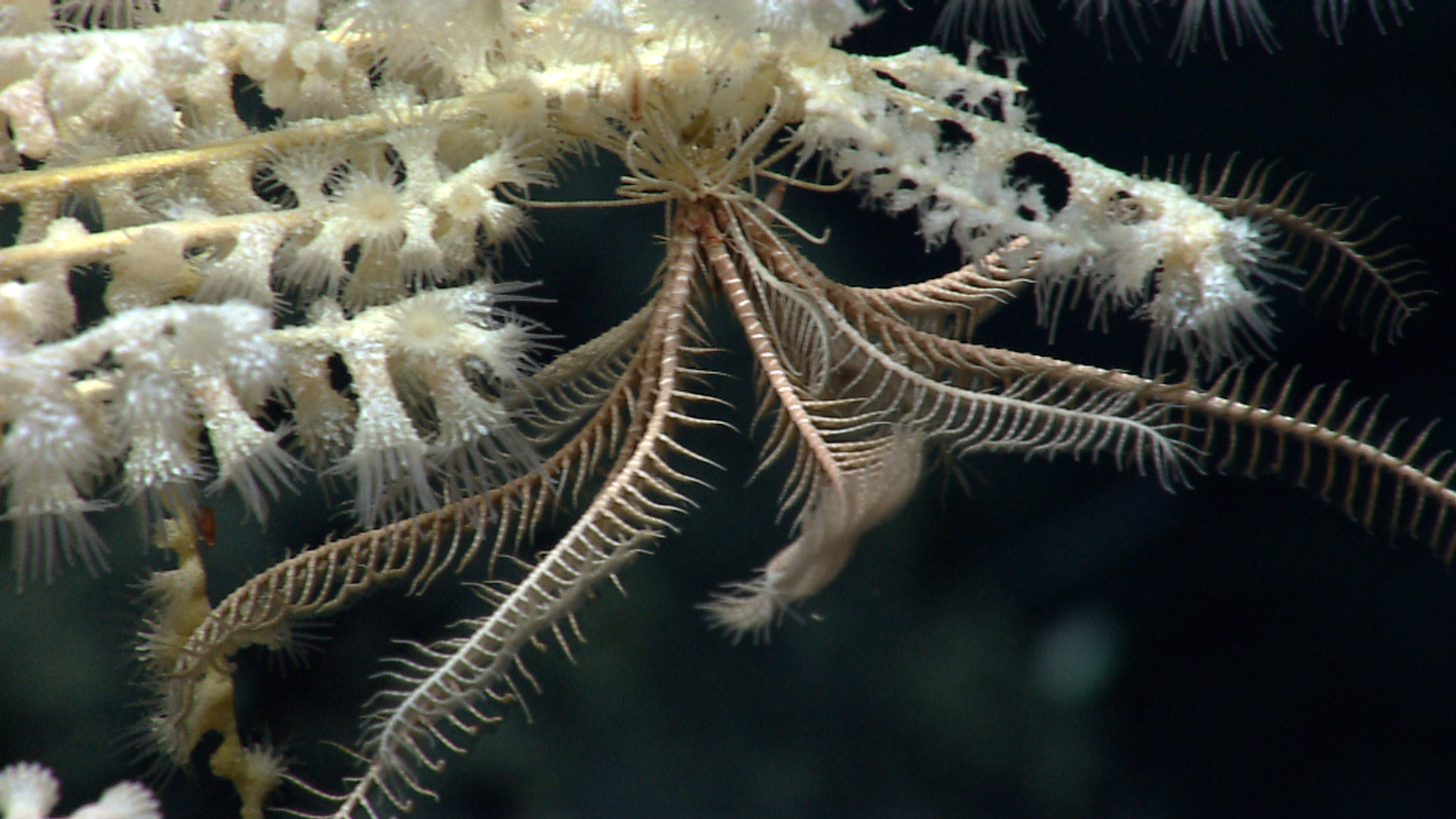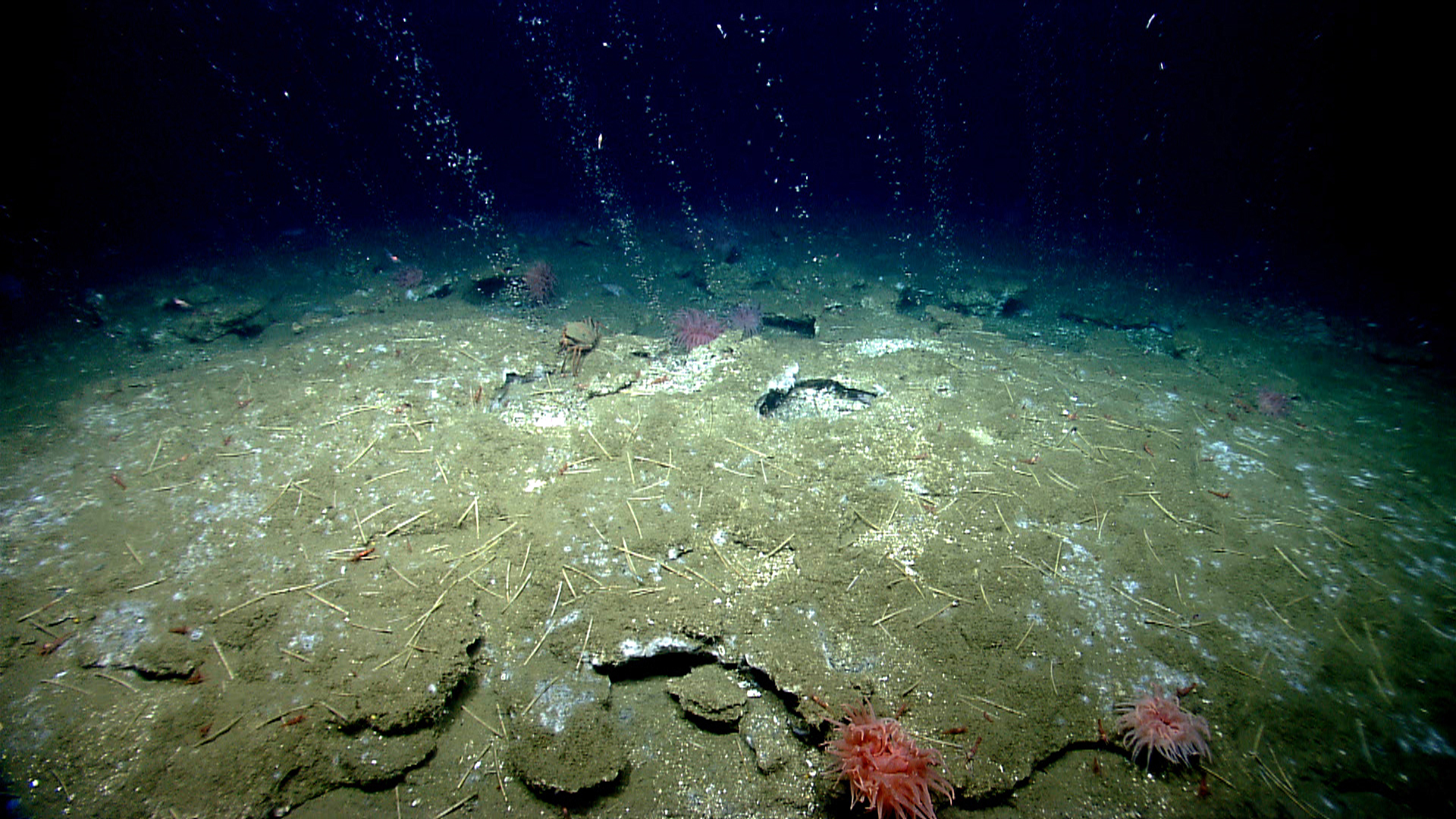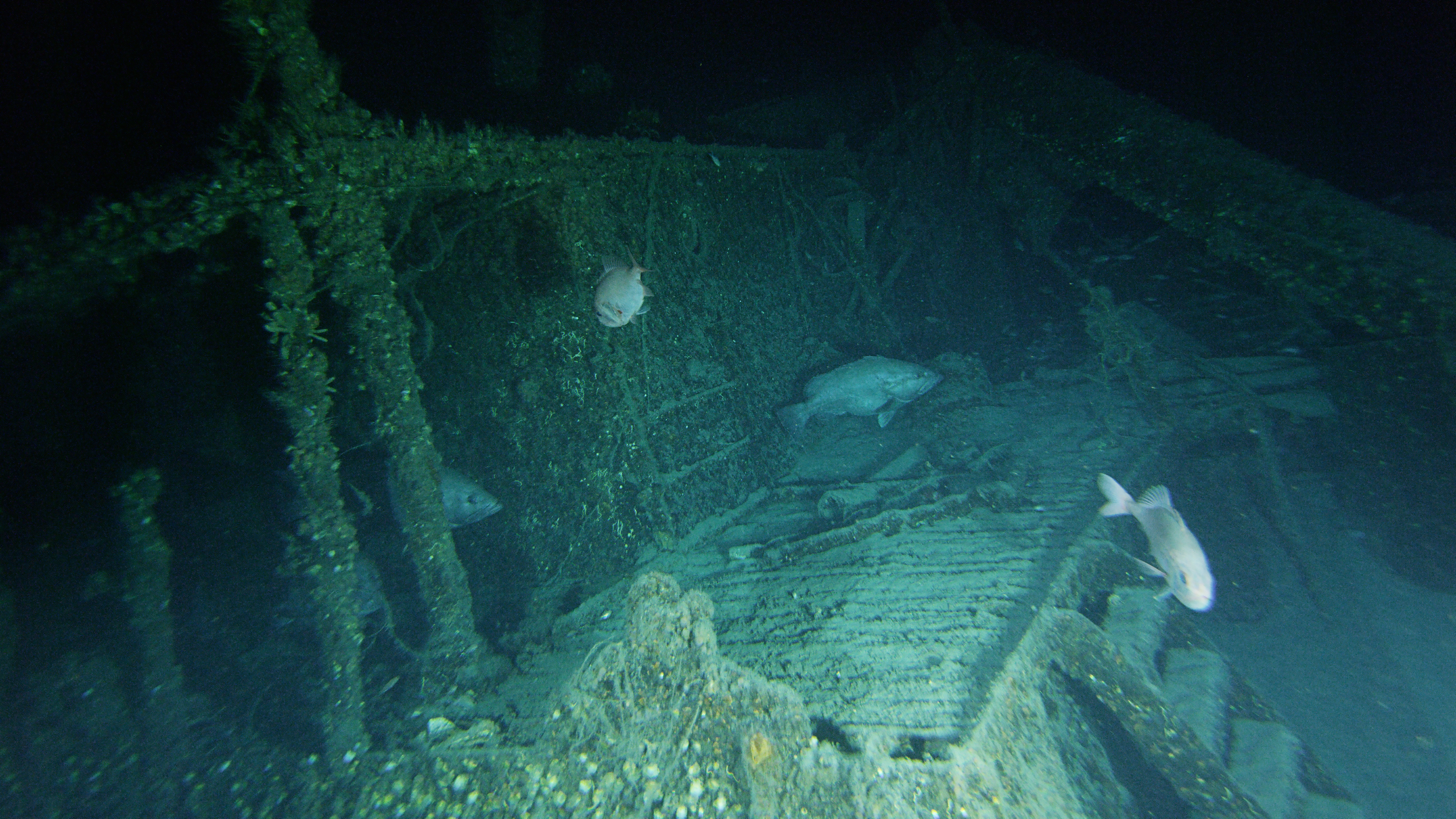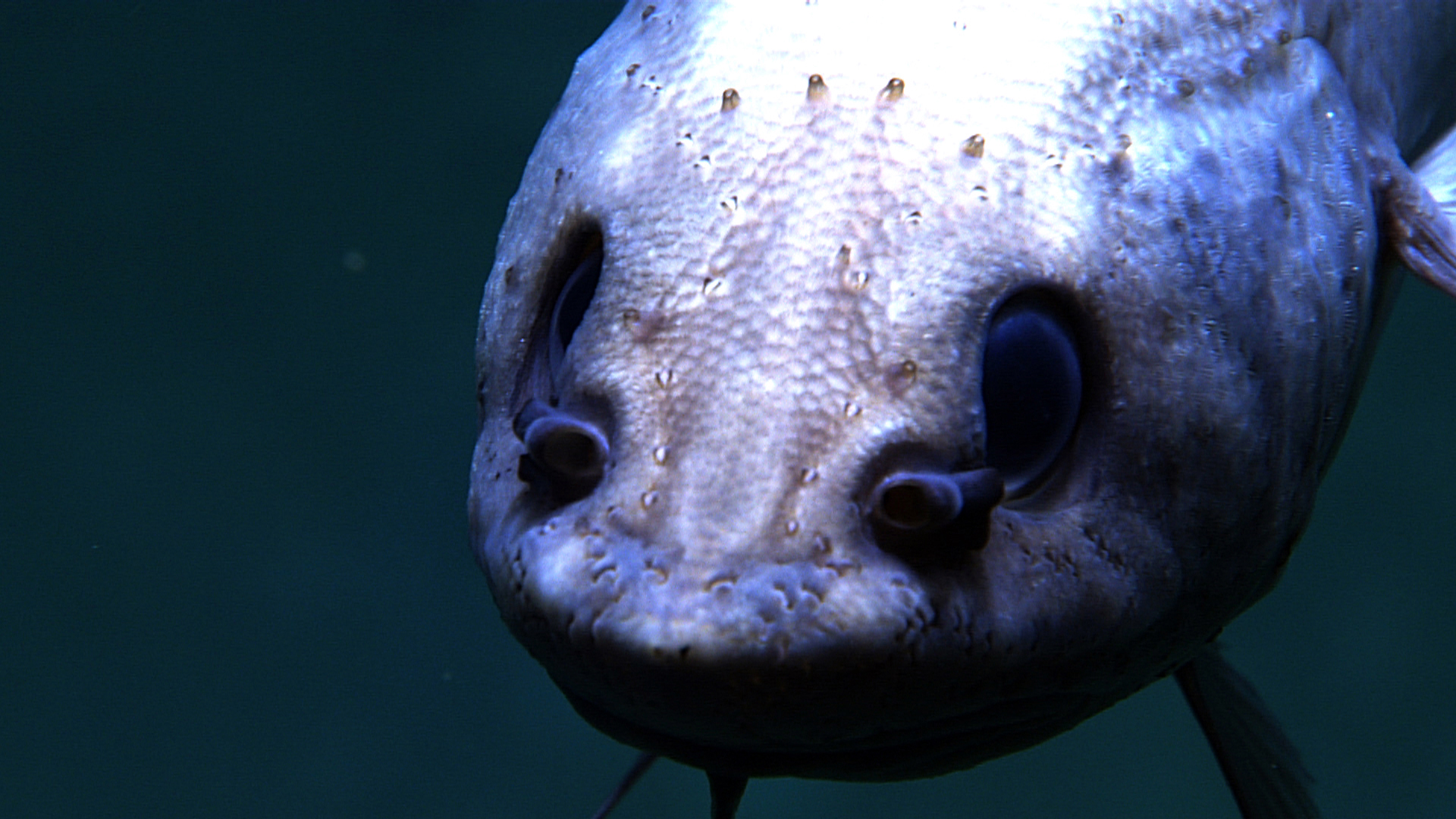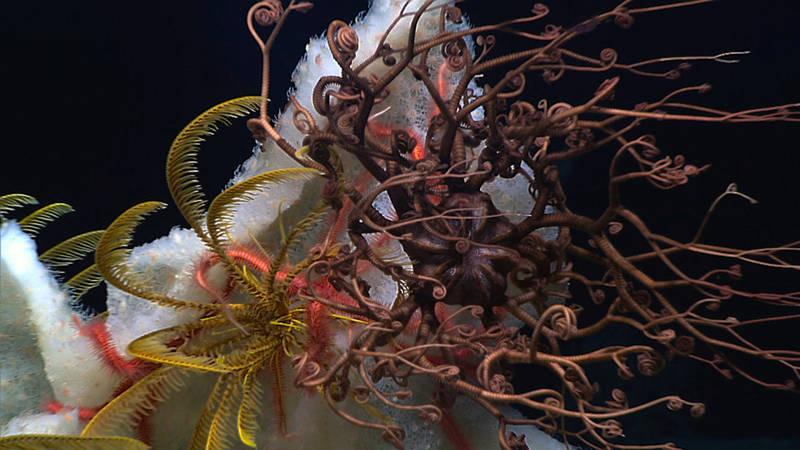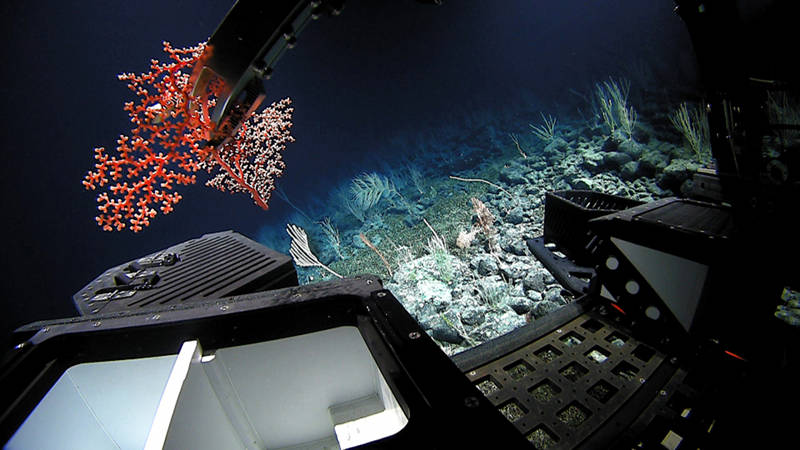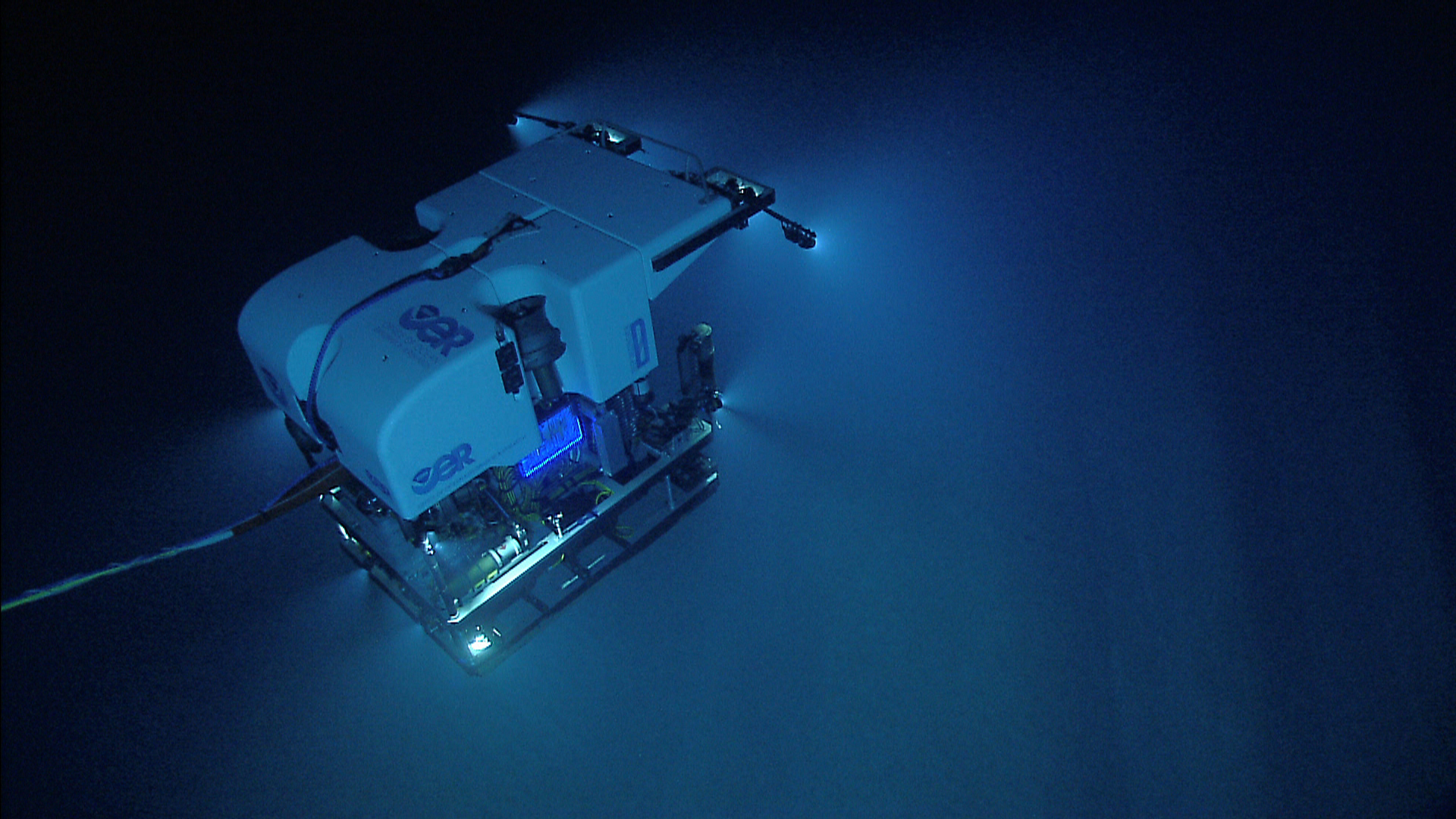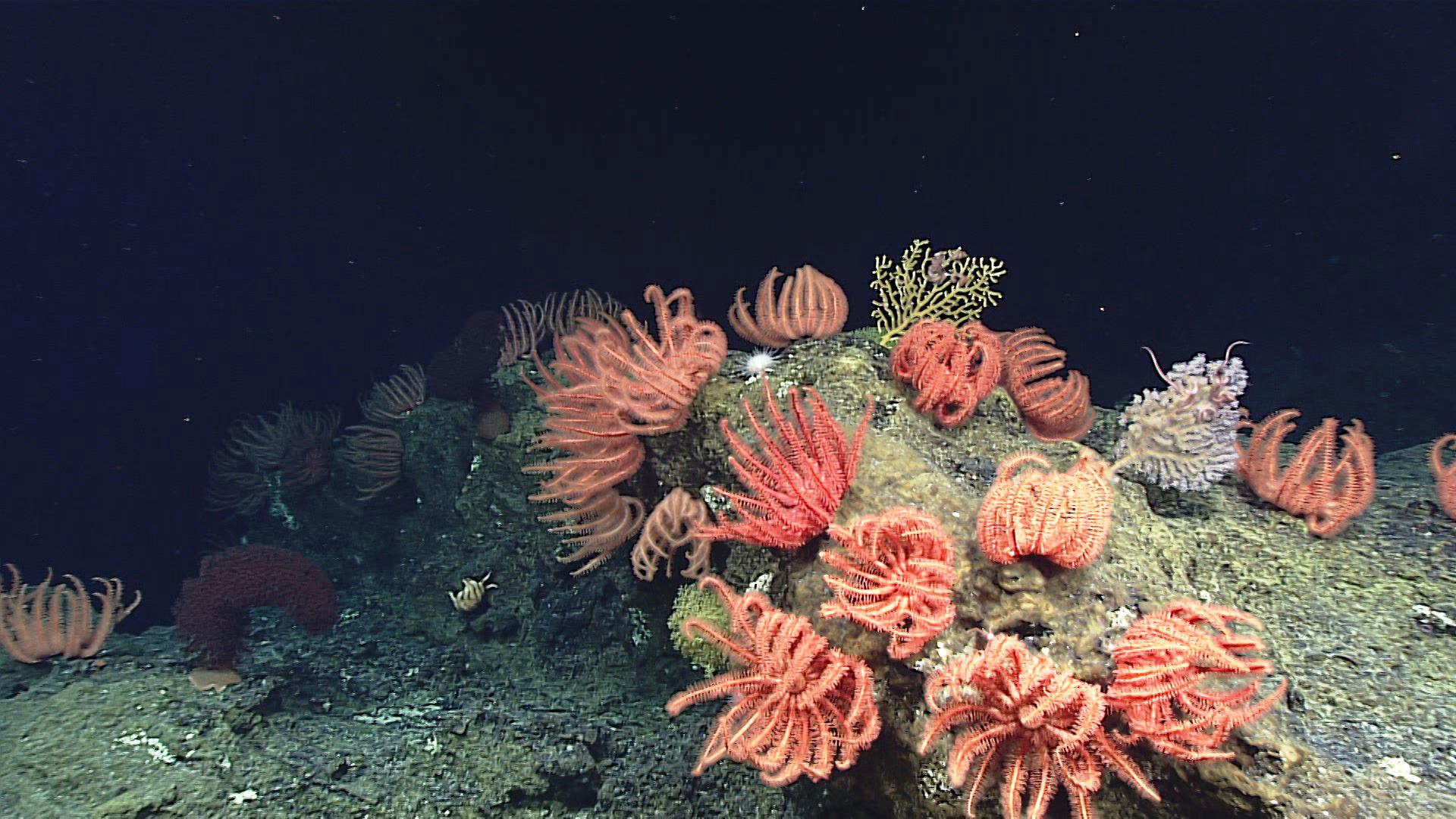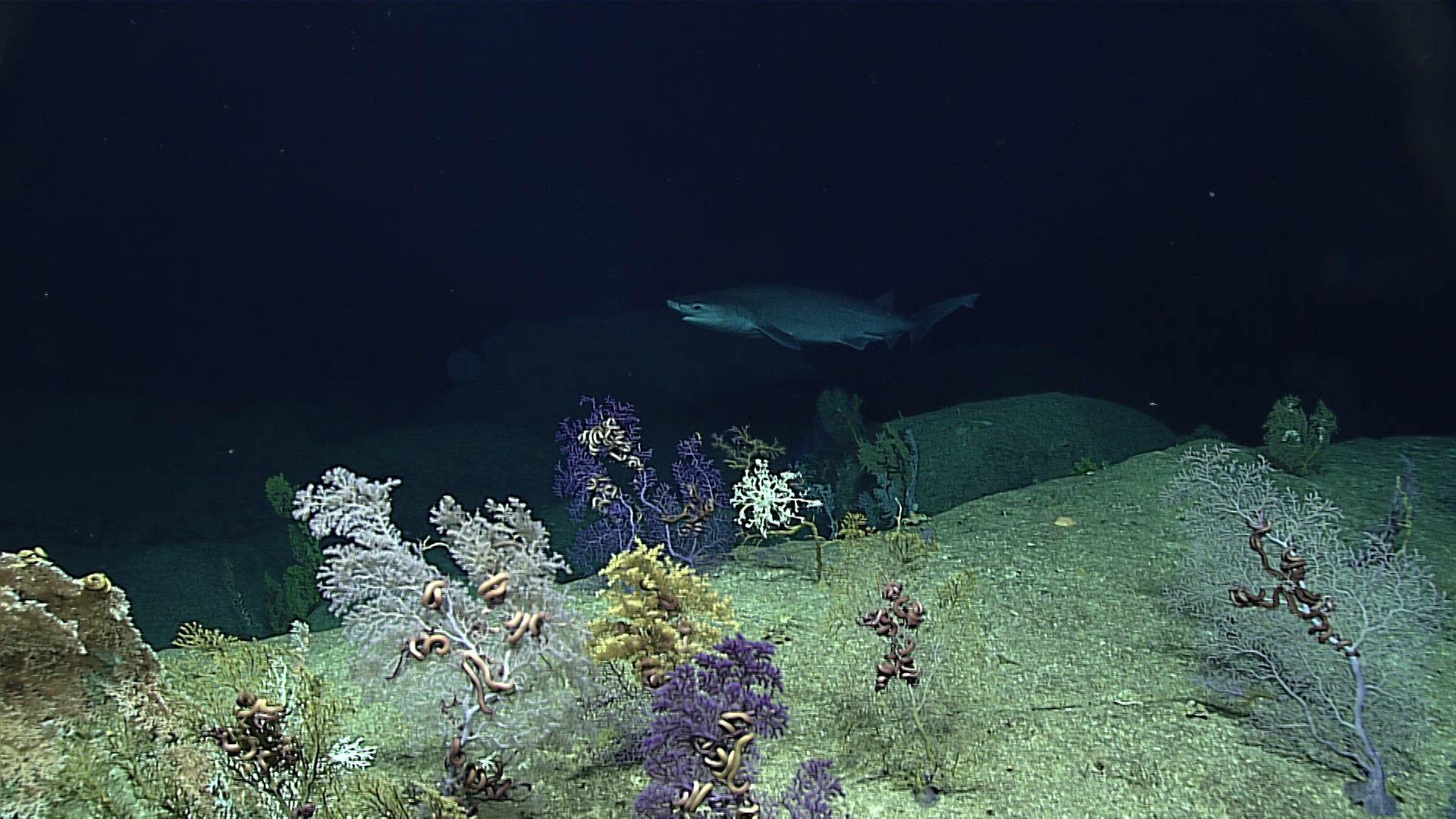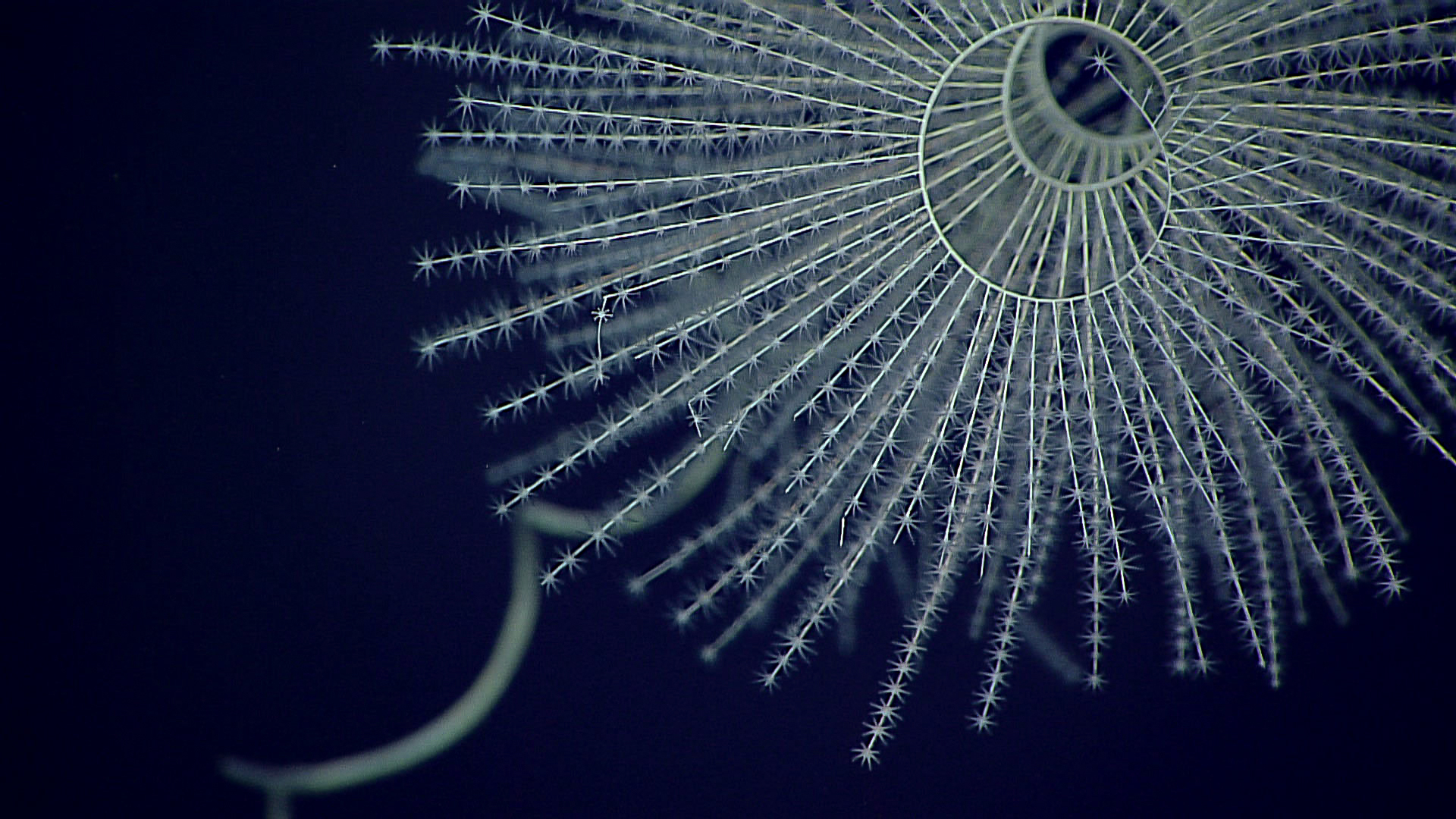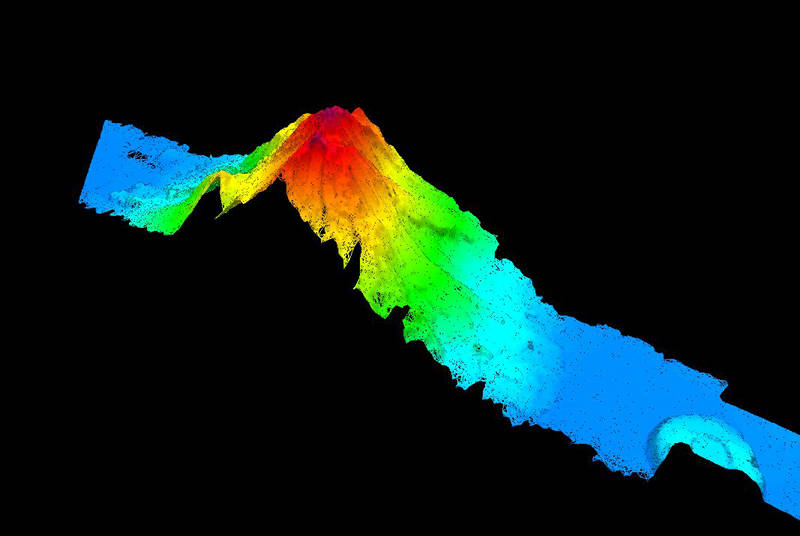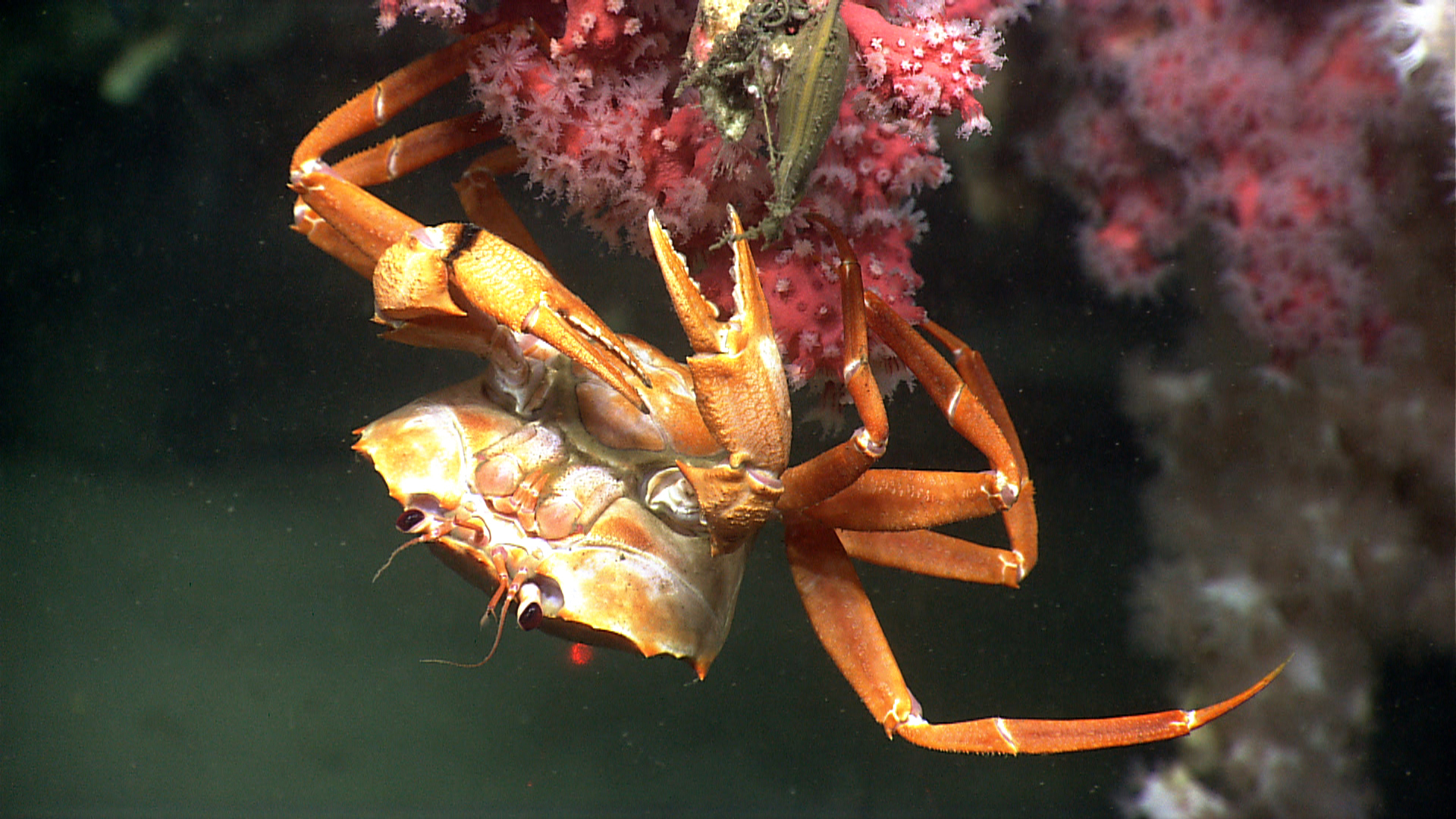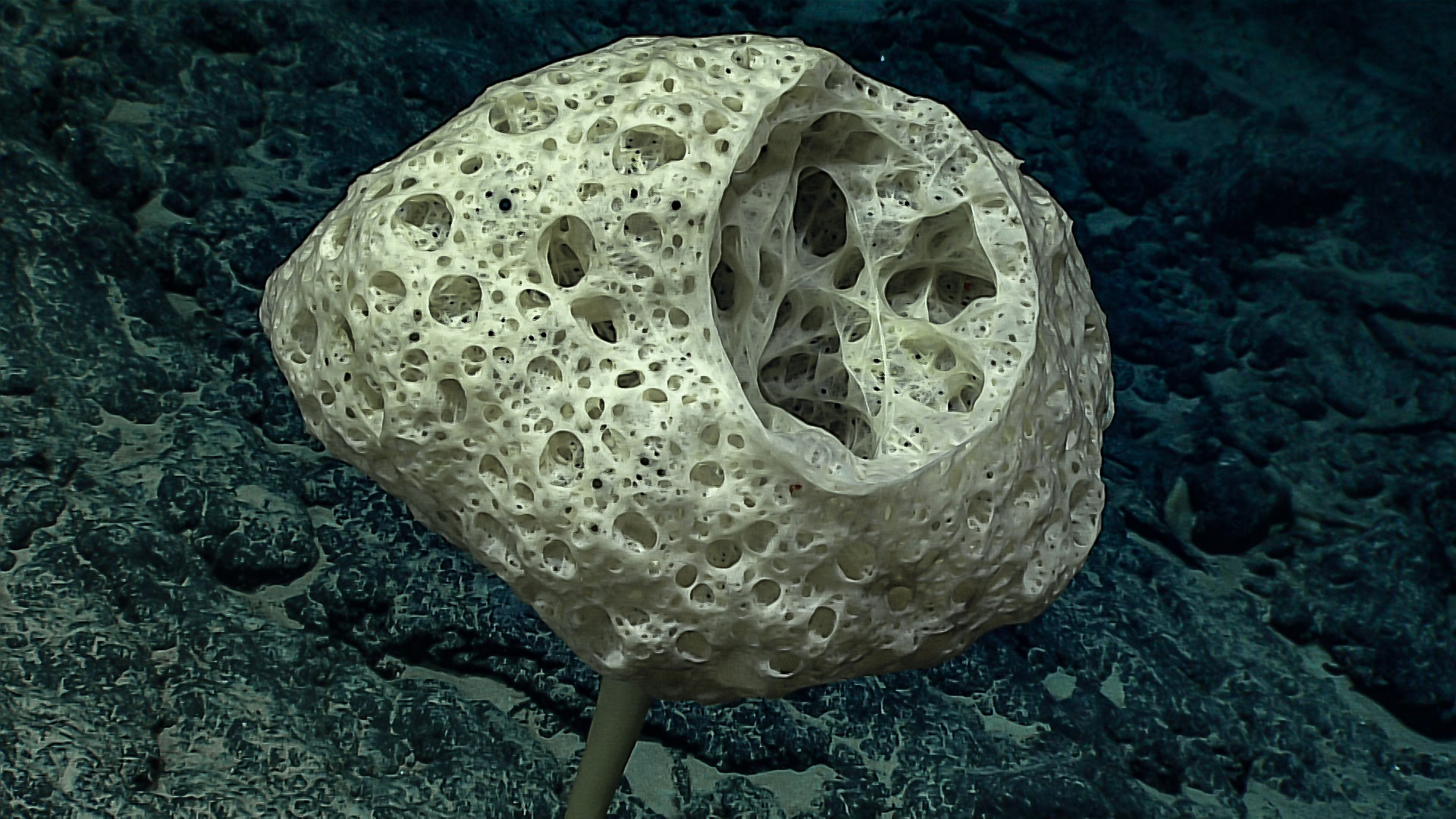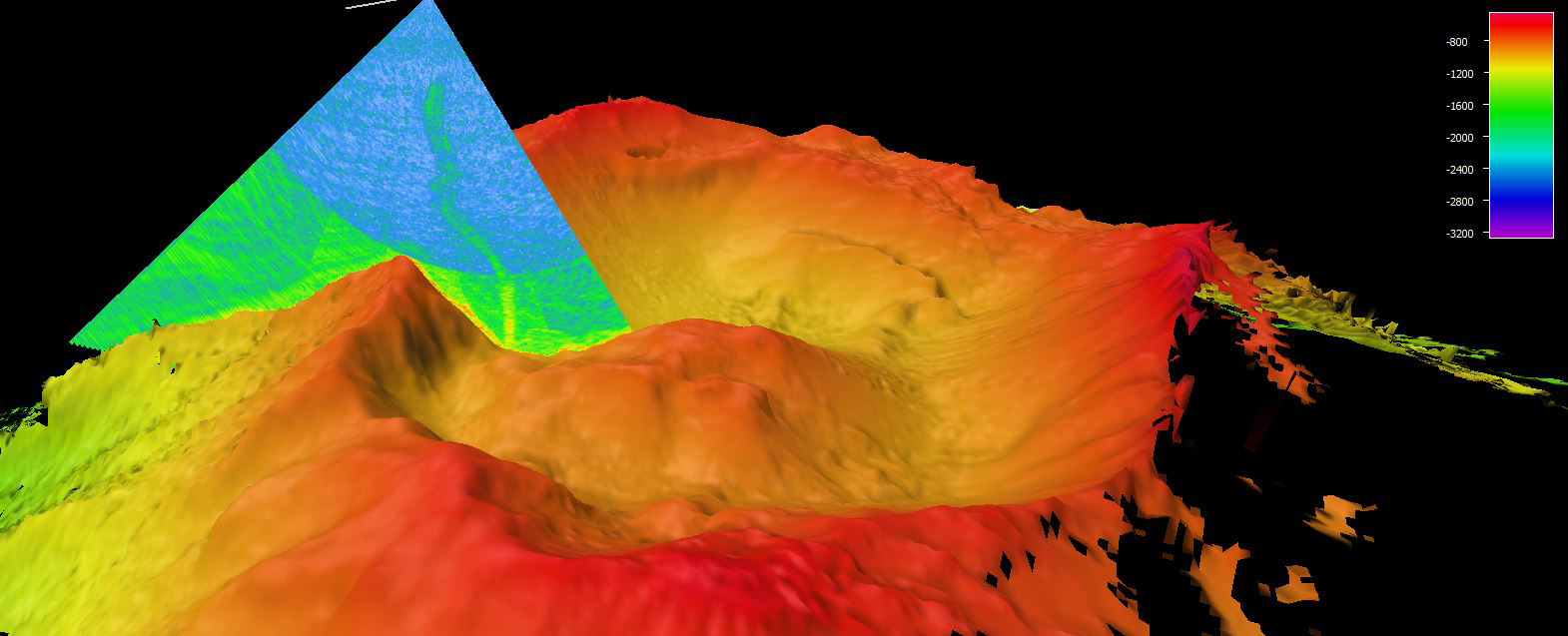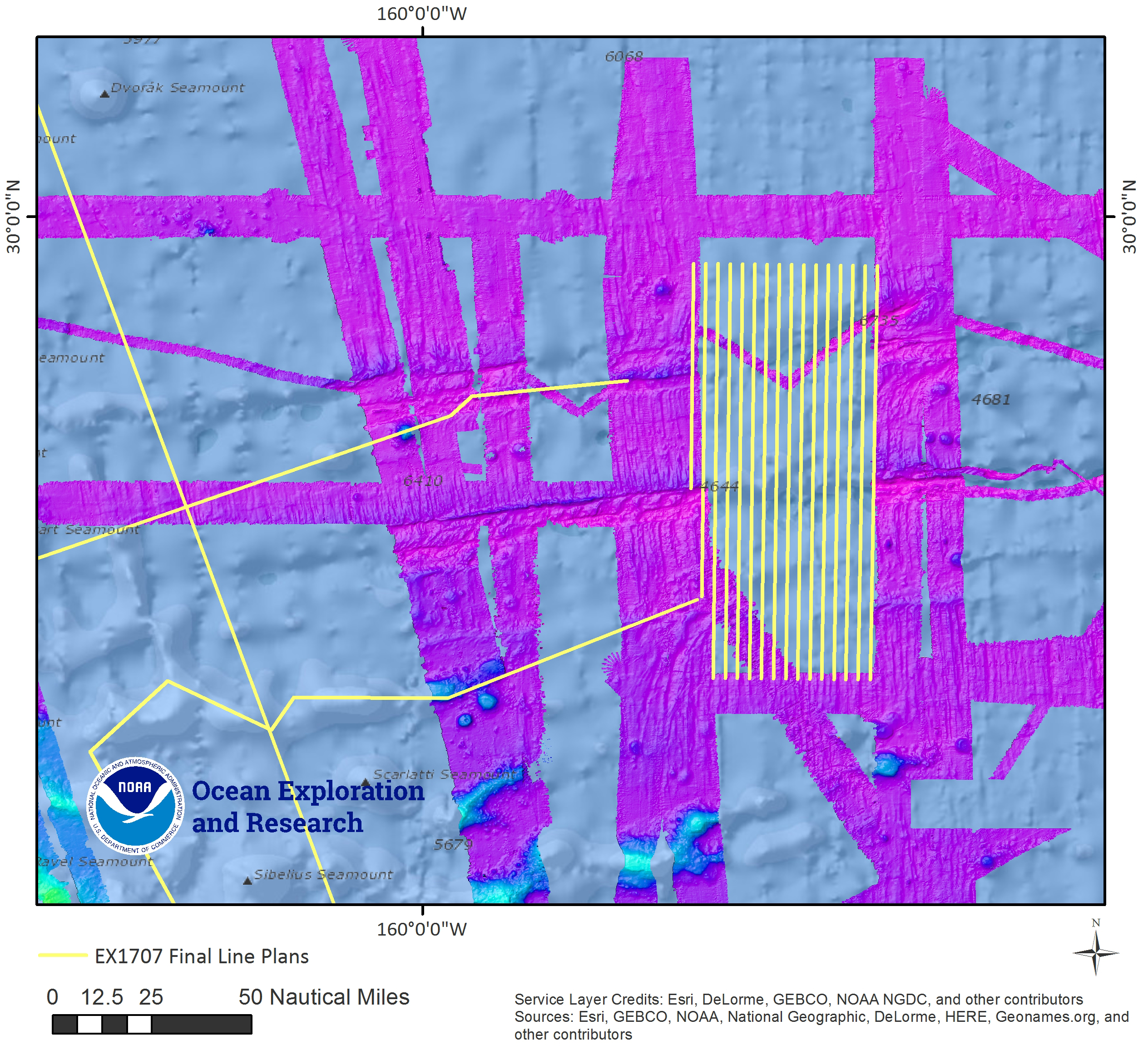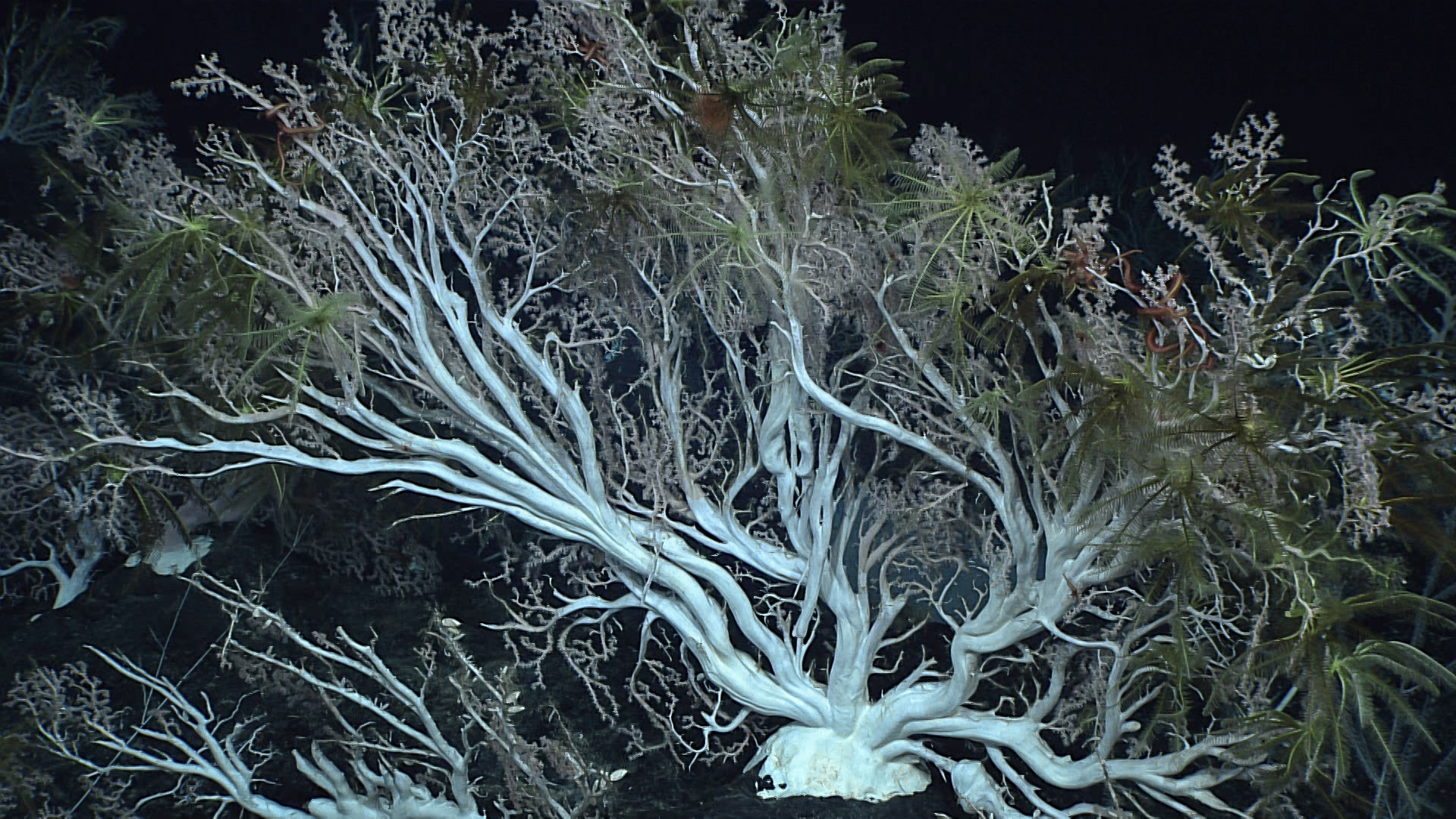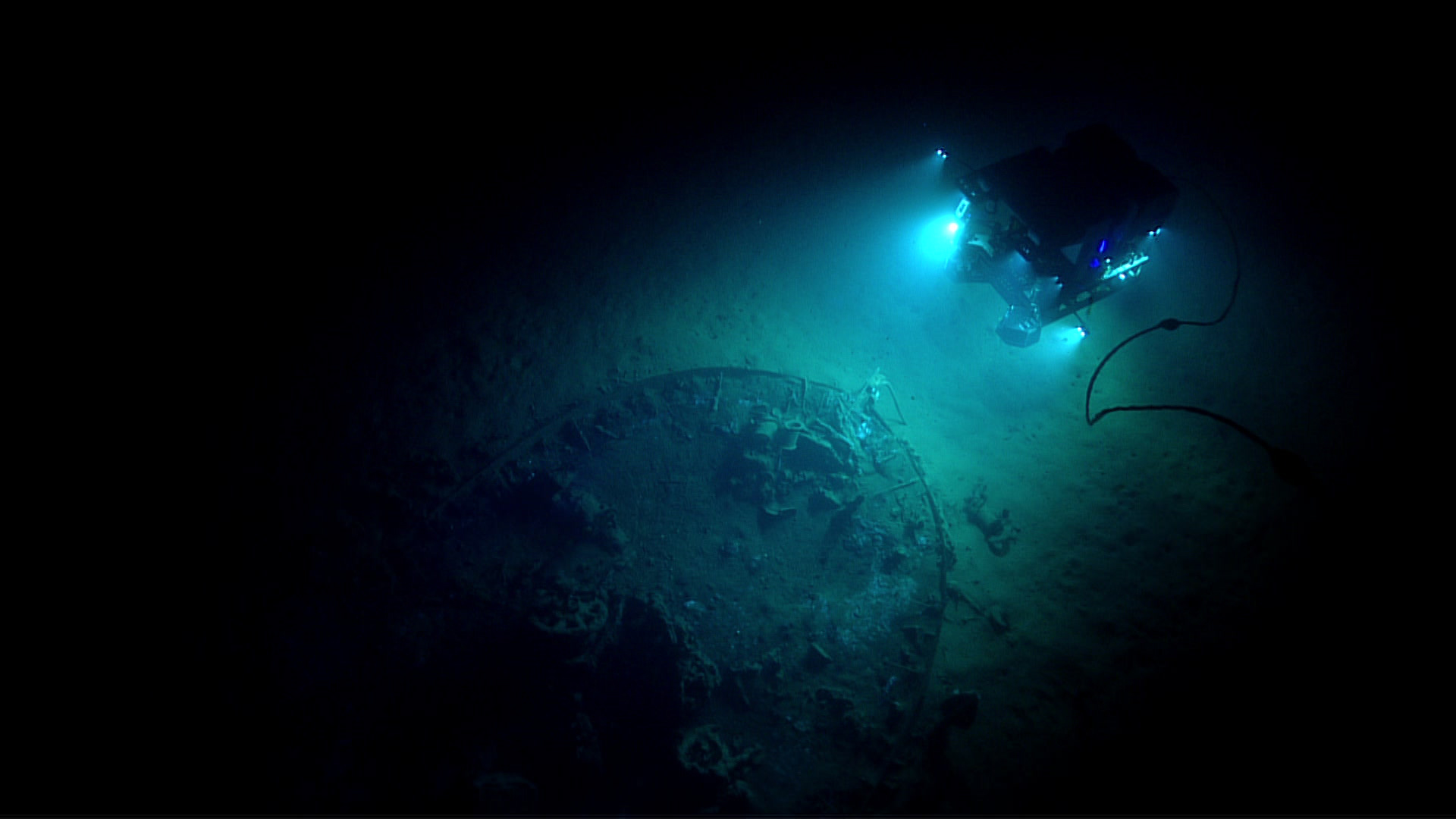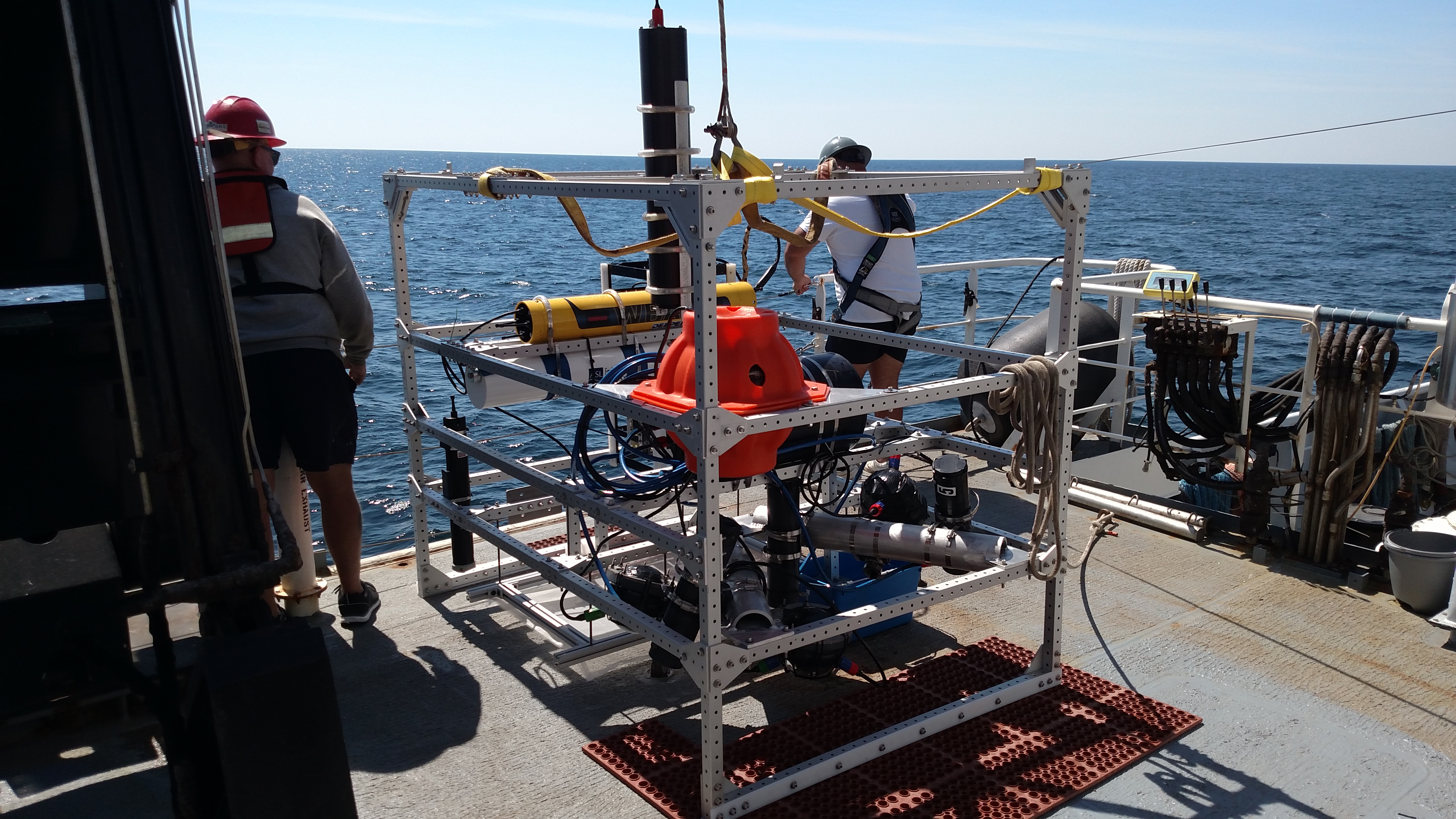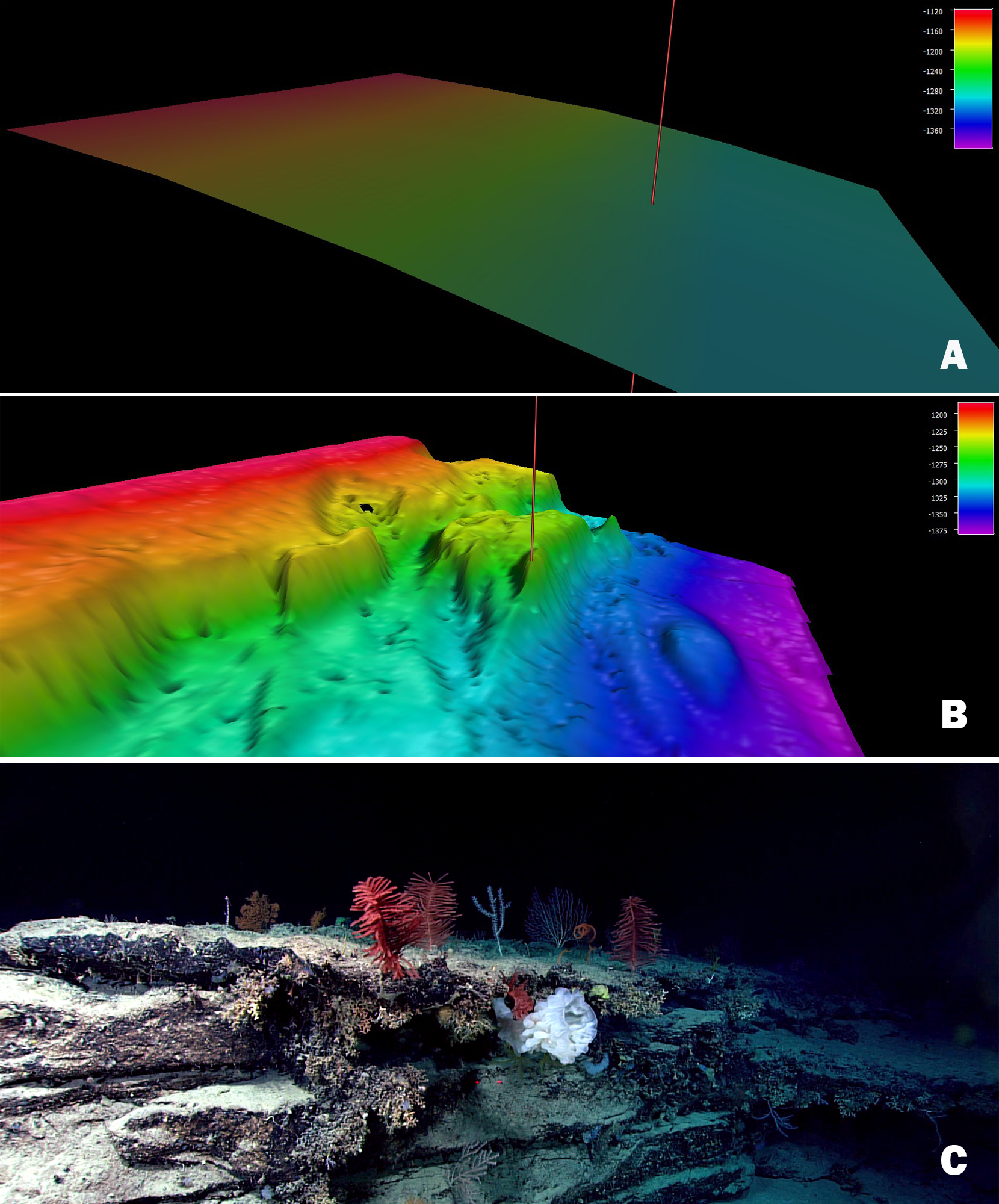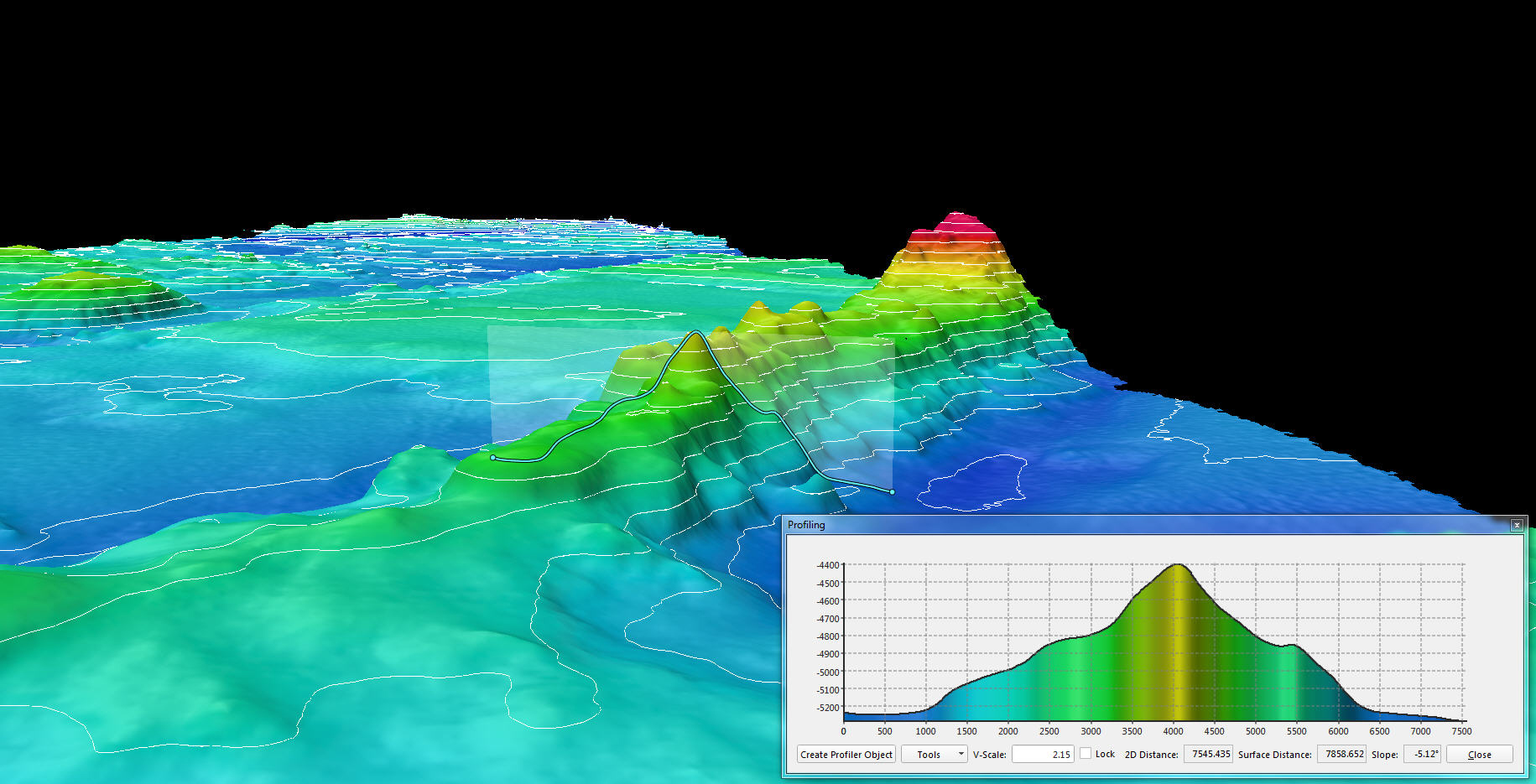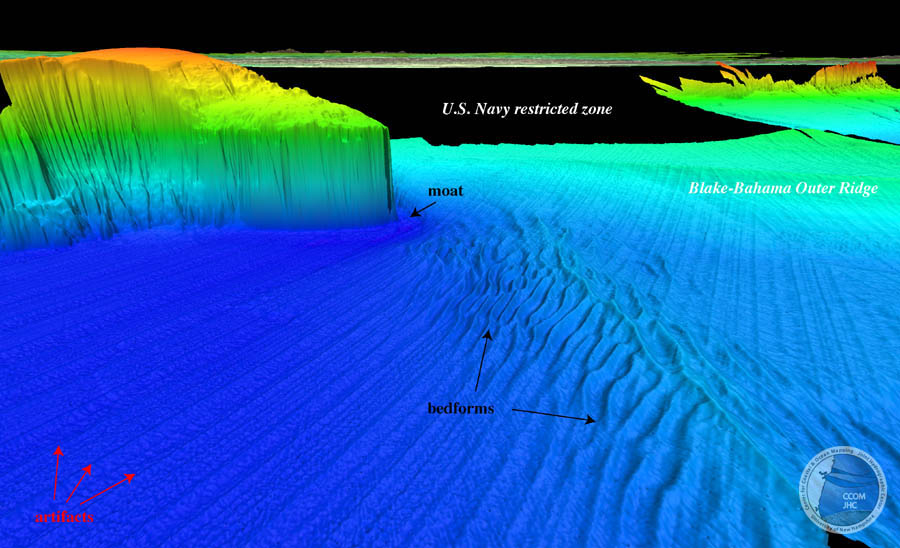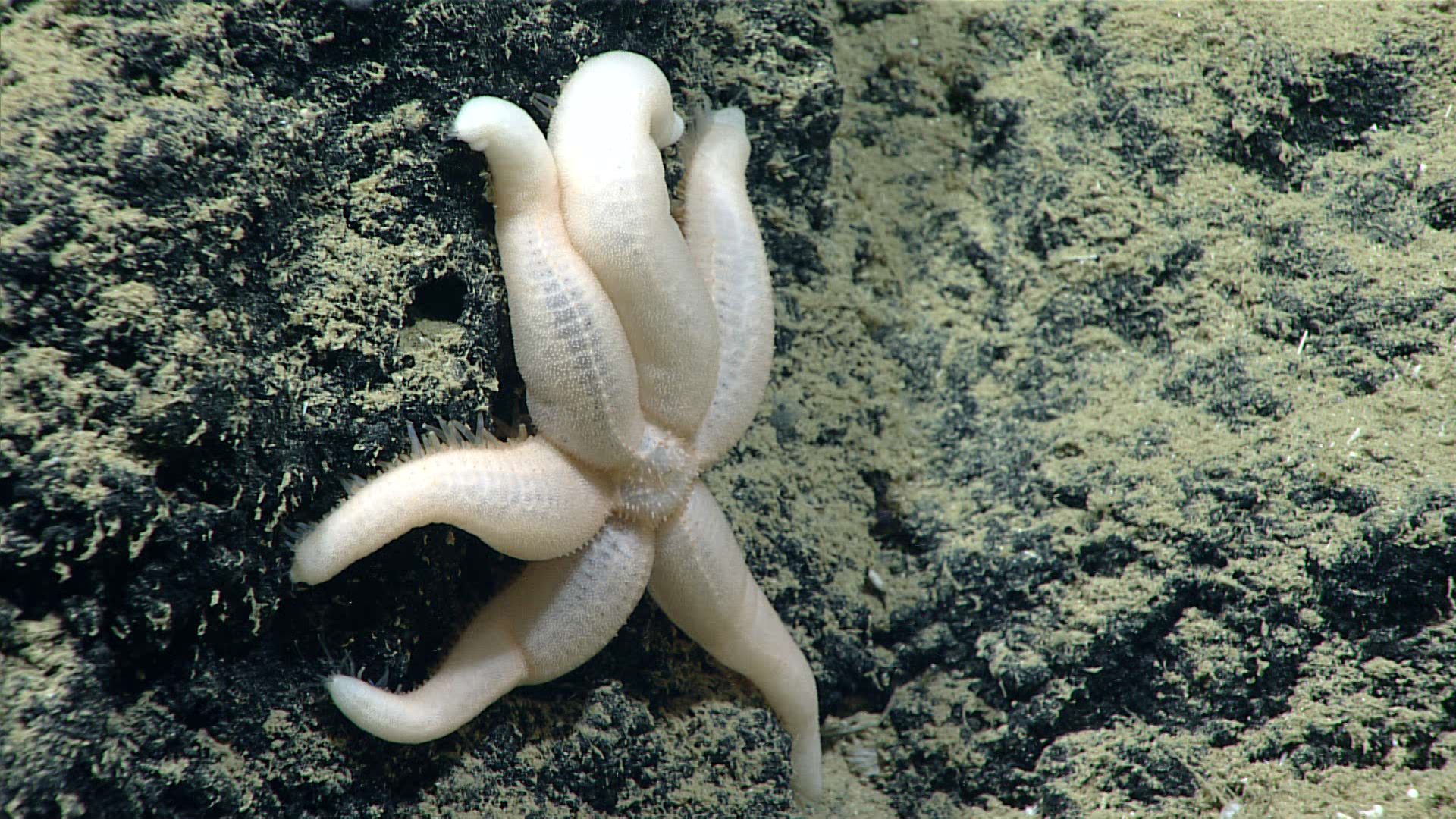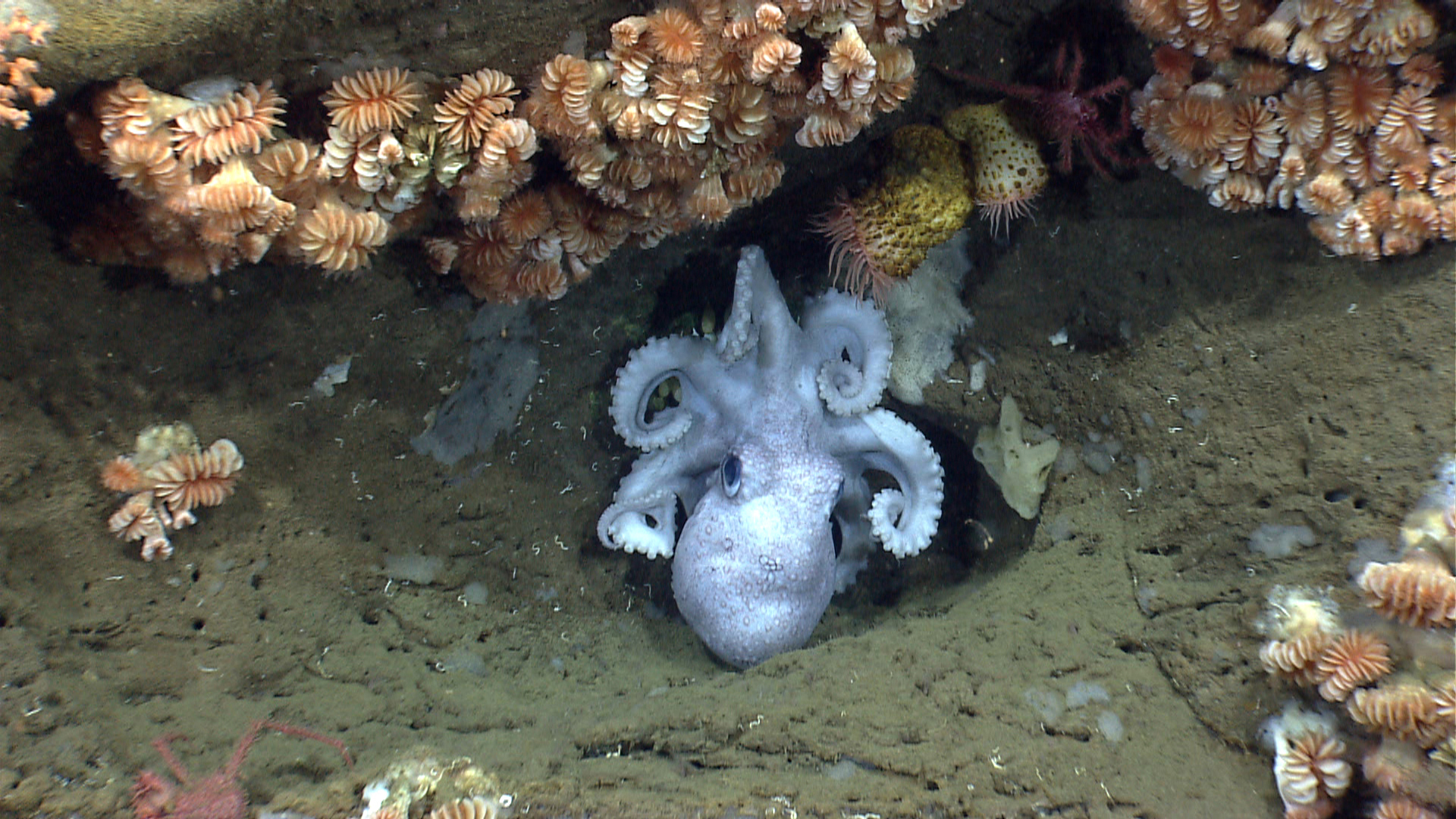Ten Years of Collecting Ocean Exploration Data from NOAA Ship Okeanos Explorer
In 2000, a Presidential panel issued Discovering Earth’s Final Frontier: A US Strategy for Ocean Exploration (President’s Panel for Ocean Exploration, 2000), a timely, compelling and moving call for an “innovative and bold” US ocean exploration program in which “discovery and spirit of challenge are the cornerstones.” As part of this national exploration program, the Panel envisioned a “flagship” dedicated to voyages of discovery that centralized “data collection and outreach technologies on a dedicated platform.”
In keeping with the Panel’s vision, the National Oceanic and Atmospheric Administration (NOAA) commissioned NOAA Ship Okeanos Explorer in 2008 as America’s first civilian agency ship dedicated to ocean exploration. Since its first voyage in 2009, Okeanos Explorer has served as the “new technological eyes” that allow NOAA’s Office of Ocean Exploration and Research (OER) to pursue the Exploration Objectives described in the Panel’s report:
- Mapping at New Scales. Find and explore archaeological sites, expand understanding of marine resources, characterize ocean ecosystems, discover new species, and map the seafloor—all to show others what lies beyond our current understanding.
- Exploring Ocean Dynamics and Interactions at New Scales. Discover new oceanographic features, reveal oceanographic and atmospheric changes, and unravel the processes that connect living and non-living systems in the ocean.
- Developing New Technologies. Invent, build, and adapt remote and in situ tools for measuring, mapping, and exploring all aspects of the ocean, and create new ways to visualize ocean data.
- Reaching Out in New Ways. Deliver ocean expeditions to schools and informal science centers around the nation; develop new technologies to connect scientists and explorers with students, educators, and the public; and expand the reach of ocean exploration data to include business and industry partners.
These Exploration Objectives set the stage for 10 years of innovative, exciting, and far-reaching ocean exploration aboard Okeanos Explorer.
Thanks to telepresence technology, scientists are able to add their expertise to missions on NOAA Ship Okeanos Explorer no matter where in the world the ship, or the scientists, are located. This means that, over the course of the 10 years that the NOAA Office of Ocean Exploration and Research has led expeditions on the ship, a lot of scientists have been able to participate! In this video, some of these scientists share their views on how the model of exploration on the Okeanos has impacted them, expanding basic understanding of the deep ocean and opening opportunities to explorers around the world. Video courtesy of the NOAA Office of Ocean Exploration and Research. Download larger version (460 MB).
Stories
These stories, recounted by the people who were there, highlight the science and technology, trials, discoveries, and excitement that are all part of the first 10 years of collecting ocean exploration data from NOAA Ship Okeanos Explorer.
